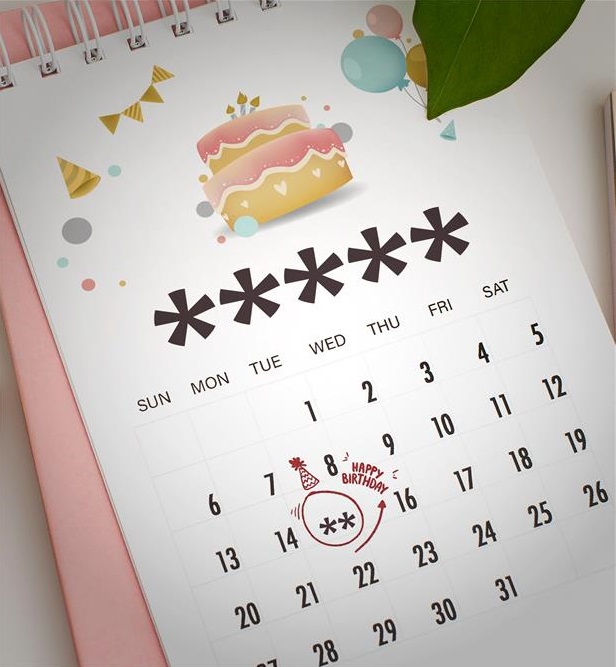How long would it take for someone to guess your password?


Every year, “1234”, “password” and the names of football teams appear on lists of the most used and hacked passwords. Don’t fall into the trap. Creating and safeguarding secure passwords is key to protecting your information online.
Avoid these common mistakes to ensure that your password is not easy to guess or hack:
- Don’t use simple combinations like “1234”, “password”, “ABCD” or “QWERTY”.
- Don’t include obvious personal details like your or your children’s or pets’ names; dates of birth; or addresses.
- Don’t use common passwords. Many people use the name of a football team or famous person, or words that are easy to decipher.
Robust, unique and secret passwords
- Create a robust password
The longer, the better. Choose passphrases instead of short combinations. For example, a good option would be “F4st!El3ctric!C4r!” as it’s easy to remember and tough to figure out.
- Use different passwords for each account
Don’t use the same one for several services. If a hacker gets hold of one of your passwords, at least they won’t be able to log in to your other accounts.
- Avoid preset passwords
Never use the password that a service or product suggests for you. Change it to a more secure one straight away.
- Keep your passwords secret
Don’t share them with anyone. Santander will never ask you for them.


Password manager
Because remembering several passwords is challenging, a password manager can help. These tools store all your passwords in one place and allow you to access them through a single “master key”.
What’s more, many password managers come with an autocomplete function that fills in your website or app login details automatically so you don’t have to input them manually. You can download a password manager onto your device or use a cloud-based platform — whichever suits you best!
Find out how strong your passwords are.

Extra layer of security
On top of having secure passwords, activate multi-factor authentication (MFA) where the option exists. MFA requires two or more verification steps before you can log in to an account. For instance, in addition to a password, it will ask you for other things. These commonly include:
- Something you receive: a security code sent as an SMS or email.
- Something only you have: your fingerprint or facial recognition.
MFA is available on many platforms and apps. Check out which ones have it to boost your online security.


